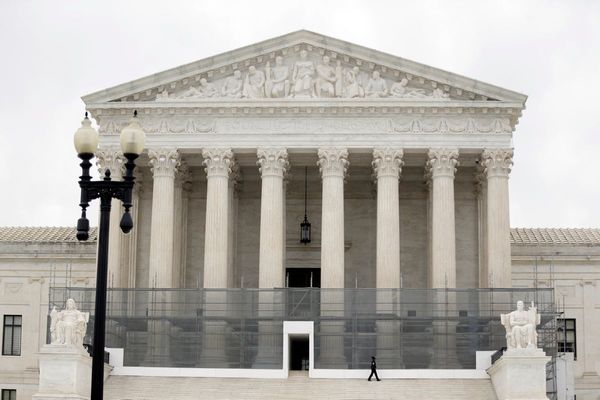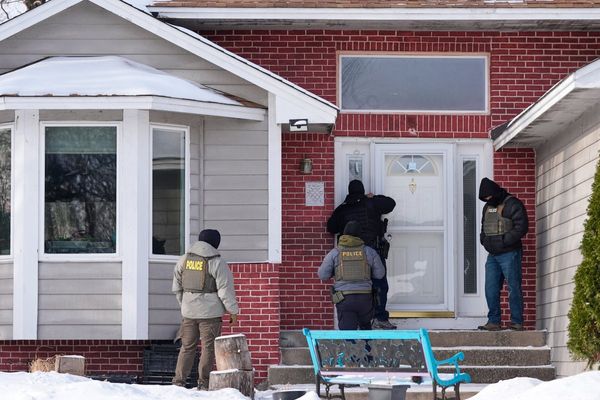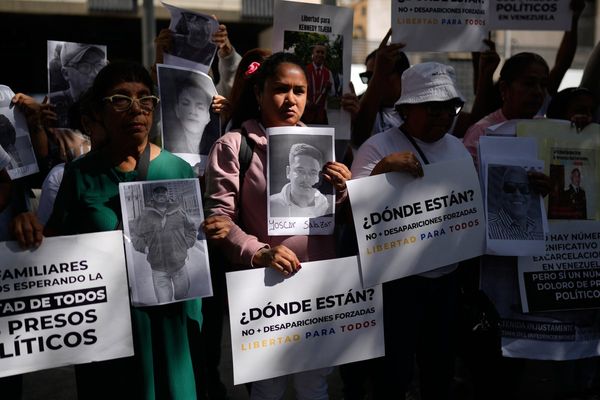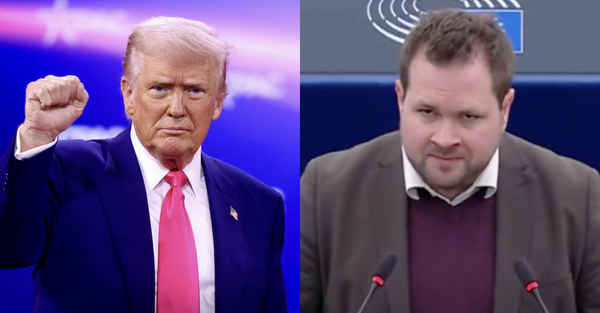
Australia’s national science agency, the CSIRO, has agreed to work with a controversial deep-sea mining project in the Pacific as a fourth island nation joins a call for a moratorium on the industry.
CSIRO will lead a consortium of scientists from Australia and New Zealand to help the Metals Company (TMC) develop an environmental management plan for its project, which is backed by the Nauru government.
Earlier this week the Federated States of Micronesia said it was joining Samoa, Fiji and Palau in calling for a moratorium on deep-sea mining.
But four Pacific different nation governments – Nauru, Tonga, Kiribati and Cook Islands – have already sponsored mining projects.
New Zealand’s National Institute of Water and Atmospheric Research will also be part of the CSIRO-led consortium. The Metals Company would pay $1.5m for the work.
A coalition of conservation groups opposed to seabed mining said the governments of Australia and New Zealand were on “the wrong side of the debate” and that deep-sea mining would be “enormously damaging.”
The UN-linked International Seabed Authority (ISA) is expected to release regulations for deep-sea mining in June 2023 after the Nauru government triggered a clause last year that could allow a shift from exploration to extraction.
The projects are targeting polymetallic nodules on the seafloor between four and six kilometres down in a vast region of the Pacific called the Clarion Clipperton Zone (CCZ). The potato-sized nodules are rich in the metals and minerals needed to make batteries.
Gerard Barron, the Australian chief executive of the Metals Company, said the CSIRO-led work would “propel the development of a rigorous management plan focused on the cumulative impacts of collecting nodules ... to enable TMC to operate within safe ecological limits”.
CSIRO would work with scientists from Museums Victoria, Griffith University and the University of the Sunshine Coast, a statement from TMC said.

A subsidiary of TMC, Nauru Ocean Resources, is targeting areas in the CCZ. In May the company said it had tested a vehicle at depths of 2.5km that will drive along the seafloor to collect the nodules. Further tests in the CCZ are planned later this year, with commercial operations scheduled to start in 2024.
Barron added: “I’m thrilled that these trusted and independent institutions have agreed to undertake this research, setting a high bar for future work in this industry.”
The ISA has said it will release regulations for deep-sea mining by June 2023. That deadline was sparked by a 2021 request from Nauru to finalise regulations that would allow the nation to “facilitate the approval of plans of work for exploitation” by TMC.
In the request, the Nauru president, Lionel Aingimea, wrote that deep-sea mining for the nodules would “underpin our transition to a renewable energy future and circular economy”.
He wrote: “We strongly believe that moving to a responsible collection of polymetallic nodules from the seafloor will help to deliver us to a carbon-neutral future.”
Duncan Currie, an adviser to the Deep Sea Conservation Coalition, said: “The New Zealand and Australian governments are completely on the wrong side of this debate.”
With opposition growing, he said, it was not inevitable that regulations would be passed by ISA in June next year.
Currie said: “This is a binary situation: either regulations will be adopted, and deep-sea mining is given a green light, or they will not be. Mining will be enormously damaging. We know very little about the deep-sea environment and the ISA is not fit for purpose as a regulator.”
He said the coalition was calling on the Australian and New Zealand governments to “stand in solidarity with their Pacific neighbours” and oppose the start of mining.
On Monday, the Micronesia president, David Panuelo, said his country wanted a stop to all exploration activities, as well as any approvals of regulations, until more was known about the potential impacts of the mining the seabed.

He said deep-sea mining could be a pathway to wealth for countries and corporations and provide essential resources.
But he added: “It is equally plausible that deep-sea mining offers a genuine pathway to the systemic collapse of our oceanic ecosystems, resulting in mass starvation and mass environmental destruction, thereby pronouncing the impacts of anthropogenic climate change and the instillation of abject economic suffering to peoples and communities who do not benefit from mining activities but feel their direct impacts.”
Conservation group WWF and car-maker BMW have also called for a global moratorium on deep-seabed mining – a request also backed by Google, Volvo and Samsung’s battery company.
Last week research published in the journal Science claimed noise from just one deep-sea mining site could raise noise levels up to 500km away.
Researchers said if all 17 known applications to mine in the CCZ went ahead with one project each, this would elevate noise levels across 5.5 million sq km (1.7m sq miles) – an area larger than the European Union.
The researchers wrote that “given the costs and logistical challenges to answering basic questions about sound impacts on deep-sea ecosystems”, it was unlikely enough data could be assessed before the June 2023 deadline.
The Metals Company argues its process is less damaging than terrestrial mining for nickel, cobalt, copper and manganese and has said it is working on a system “that minimises acoustic disturbance to the water column”.
Barron said the study had used a low noise threshold for whales and dolphins, and places where noise levels were high were based on an unlikely assumption that up to 17 projects would be operating in the CCZ at the same time.
The Metals Company told the Guardian it had conducted a preliminary study on underwater noise and vibrations, and the results would be verified when it tests its nodule collector later this year.
A statement said the company would develop a “noise propagation model” that would “reduce the conjecture and speculation upon which the current conversation is based”.
In a statement, CSIRO said it had a key role in the “provision of scientific advice to support decision making so that decisions can be made on the best available scientific advice.”
The agency was a global leader in developing ecosystem-based management and risk assessments “and the consortium has broad expertise in deep sea biology and ecology, risk assessments and systems modelling.”
The project would cost $1.5m and would be delivered in three phases with the first due in 10 months. The work would “provide a rigorous and transparent risk assessment based on the baseline studies that The Metals Company have already conducted.”
A spokesperson for science minister Ed Husic said in a statement: “CSIRO is Australia’s independent national science agency, governed by an independent board. Decisions on the research the organisation conducts, including individual research projects, are made at arms-length from government.”







